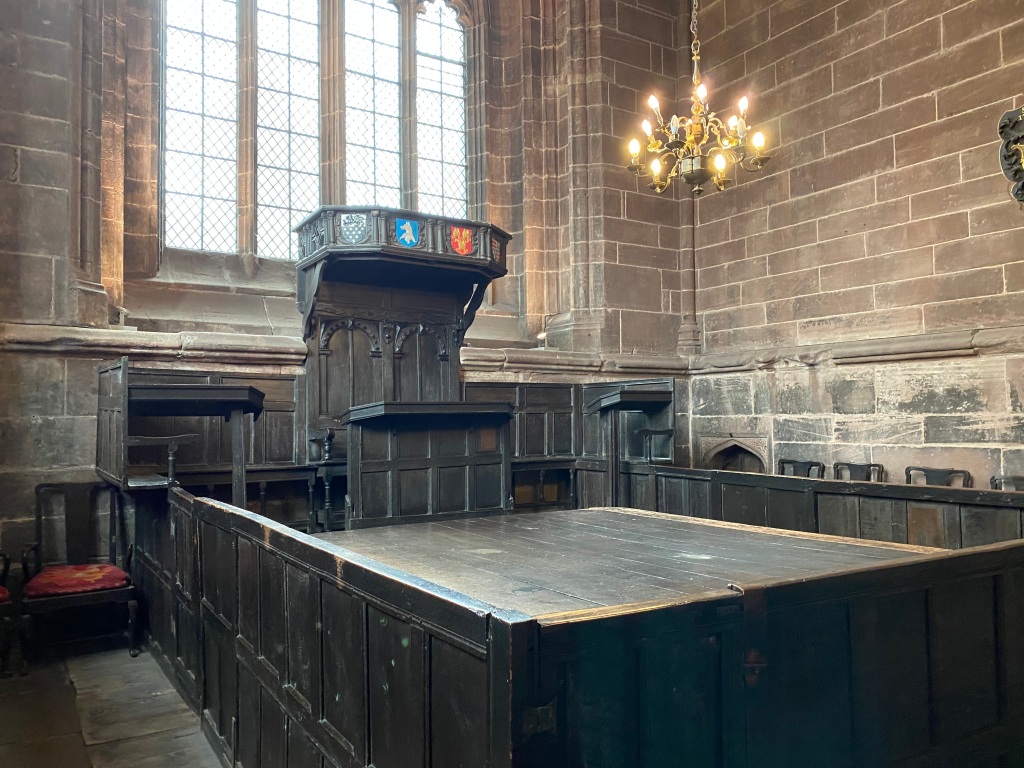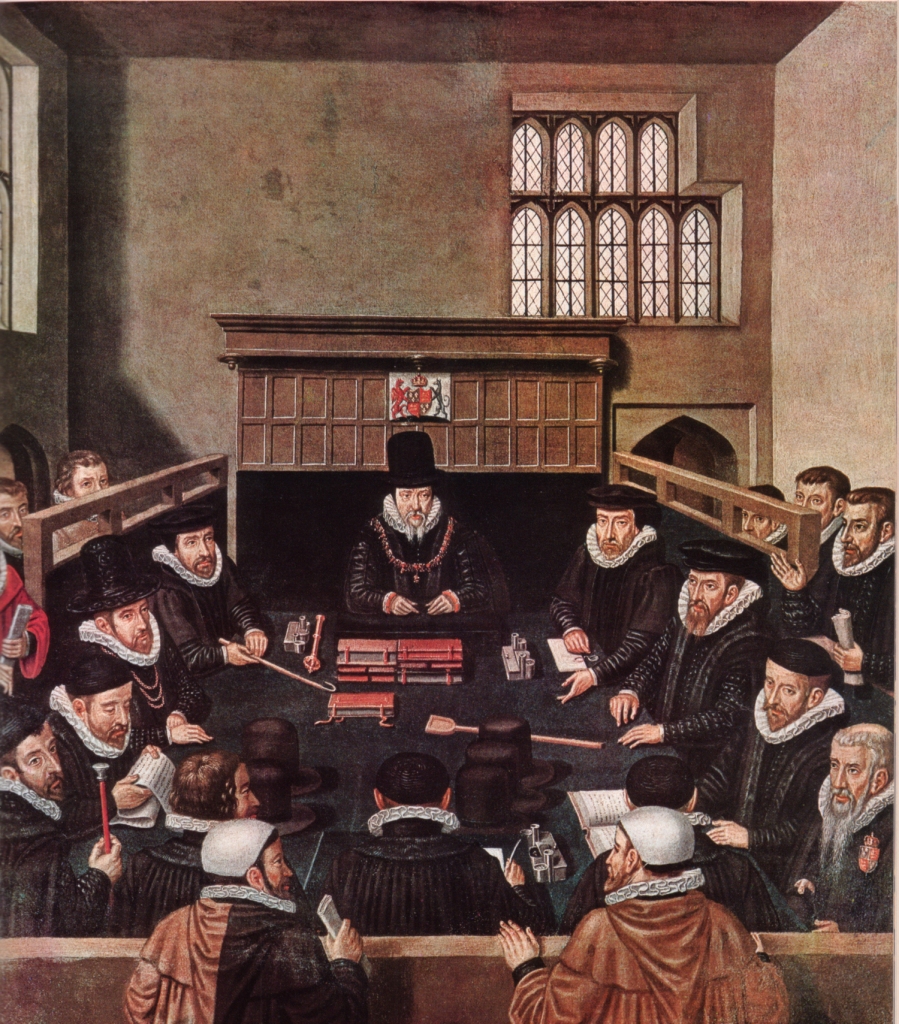This post is part of our ‘The People and the Law‘ Online Symposium, a series exploring early modern English legal sources. Lucy Kaufman is Assistant Professor of Early Modern British History at the University of Alabama. You can follow Lucy on X/Twitter @drlucykaufman.
Lucy Kaufman
Thomas Kendall was despondent. “I am richer in years and in diseases than in any other riches,” he wrote to Thomas Windebank in 1574, in a thinly-veiled plea for patronage and employment. “I have in boarding and teaching gentlemen’s children and others been mine own decay, and now at midsummer I give it all over…I remain yet in the house of one John Paston whom I think you know, but no longer than midsummer next. I paid my rent truly for the year £5, but what moved him to warn me out, I know not. Our City is sore peopled with strangers but we almost know not where to place us.”[1]
It was a last-minute scribble at the bottom of the letter: strategic, a little self-pitying, and tinged with a nativist anxiety that sounds not terribly dissimilar to that you hear in political debates today. But it also reflected a particular view of a new reality: the soaring number of immigrants from the Low Countries—known as ‘Strangers’—in Norwich in the 1560s and 70s. In 1565, the city welcomed in 300 immigrants. By 1571, there were over 4,000 such immigrants in Norwich, men, women, and over 1600 children.[2] To put this in perspective, in 1565, Strangers accounted for no more than one percent of the population of Norwich, England’s second-largest city, next only to London in both size and wealth. Less than a decade later, one in three inhabitants was an immigrant.
They were driven to England by religious war. After the violent wave of Calvinist iconoclasm known as the Beeldenstorm destroyed images in the Low Countries, Spain set up a tribunal to prosecute heresy—one that would see nearly 10,000 put on trial. In response, Protestants began to flee from the Low Countries; some historians estimate more than 60,000 emigrating between 1567 and 1568 alone. Many of those, particularly from the areas of Zeeland and Flanders, followed the old woolen trade routes to England.[3] There, they settled in London, Canterbury, Sandwich, Colchester—and in Norwich.
My work on this is part of a project I’m just beginning, examining what I think is the first wave of what we, in modern words, might call ideological immigration into England. It was a movement sparked by geopolitical conflicts that sprung from the fractures of the Reformation, where populations were being imprisoned, attacked, and executed for their religious beliefs. What resulted in England, however, was something far different than expectations: new experiments in managing populations, new definitions of belonging, new capacities of state power.
Continue reading

